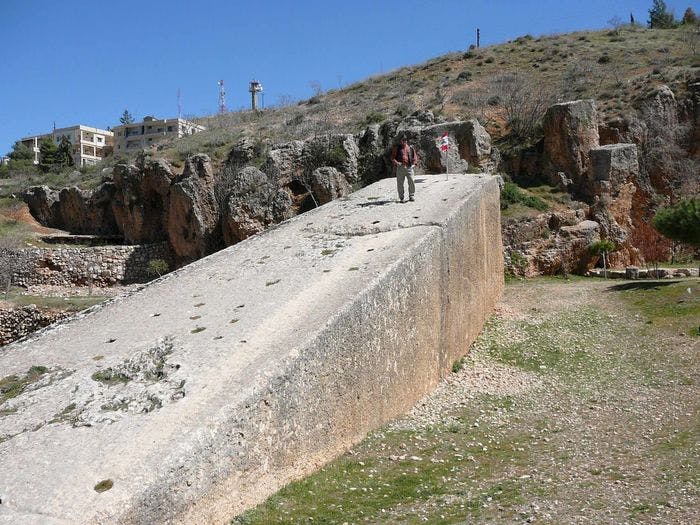The Stone Age, or Paleolithic period, is the first and oldest stage of human development, encompassing a significant portion of history. It was during this time that humans learned to use stone tools, carve stones, and build various structures. Some stones crafted by humans are awe-inspiring even by today’s standards, and we will discuss them – the Top 10 Largest Stones Processed by Humans.
1 Great Sphinx – 29,627 tons

The largest carved stone sculpture made of limestone, depicting a lion with a human face, located in Giza, Egypt. The stone measures 20 × 70 meters, weighing approximately 29.6 tons.
2 Unfinished Stele – 8,799 tons
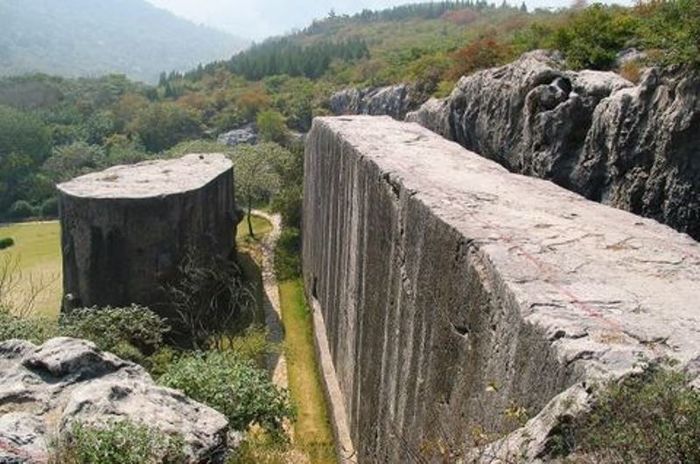
A giant stele located in the Yangshan Quarry, the carving of which was halted during the reign of Emperor Yunle. The dimensions of the stele are staggering at 49.4 × 10.7 × 4.4 meters.
3 Thunder Stone – 2,000 tons
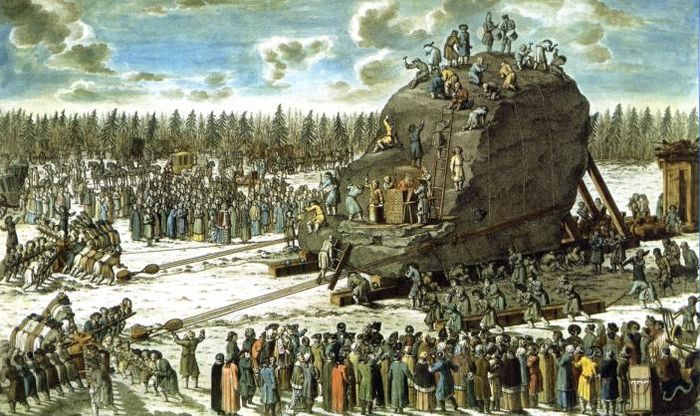
The Thunder Stone is the megalithic base of the pedestal of the Bronze Horseman in St. Petersburg. In its original form, the stone weighed about 2,000 tons. To transport it, the stone was split into several parts, with the maximum weight of the moved stone being 1,500 tons, then all parts were combined.
4 Southern Stone – 1,000, 1,300, 1,670 tons
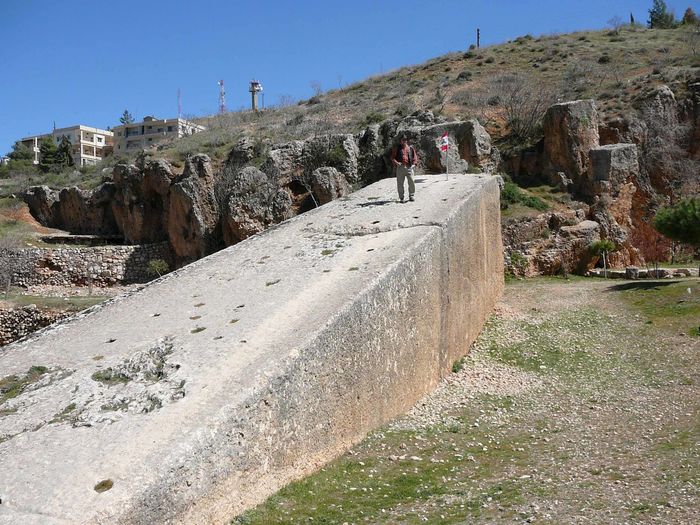
The Southern Stone is a megalithic stone block, measuring 20 × 4 × 4 meters, located in Baalbek, Lebanon. It has been known since ancient times as the largest human-processed stone in the world. The mass of the stone is over 1,000 tons.
Later, two more monoliths similar to the Southern Stone and surpassing it in size were found in the Baalbek quarry. The first weighs 1,300 tons, measuring 20 × 4.5 × 4.5 meters, and the second weighs 1,650–1,670 tons, also about 20 meters long.
5 Unfinished Obelisk – 1,200 tons
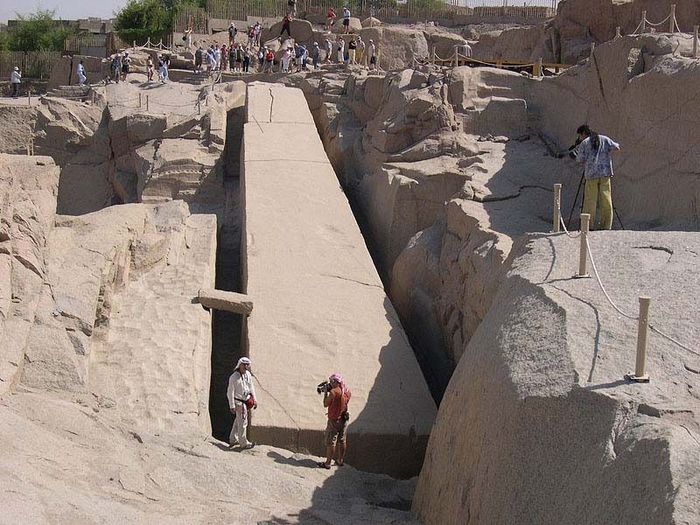
The largest known ancient obelisk, located in a stone quarry in Aswan, Egypt. The obelisk is unfinished; if completed, its size would have been 41.8 meters.
6 Baalbek Trilithon – 800 tons
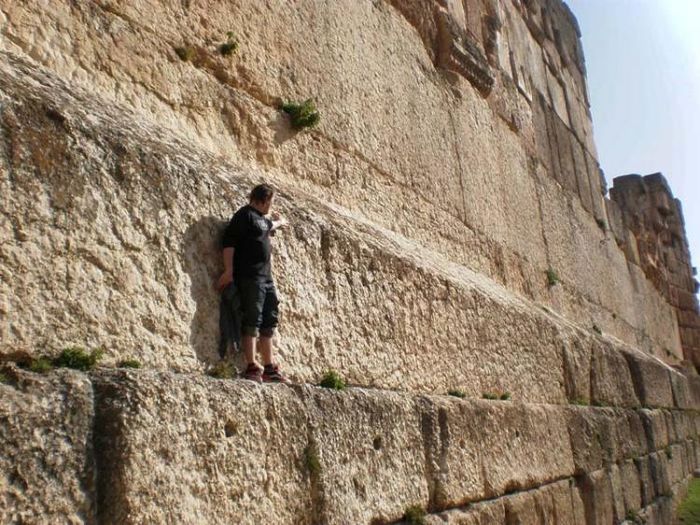
The Baalbek Trilithon is part of the western supporting wall of the Temple of Jupiter. It consists of three limestone blocks laid at a height of about 7 meters, with approximate dimensions of each block being 21.3 × 4.8 × 4 meters and a weight of approximately 800 tons.
7 Western Stone – 250-300 tons
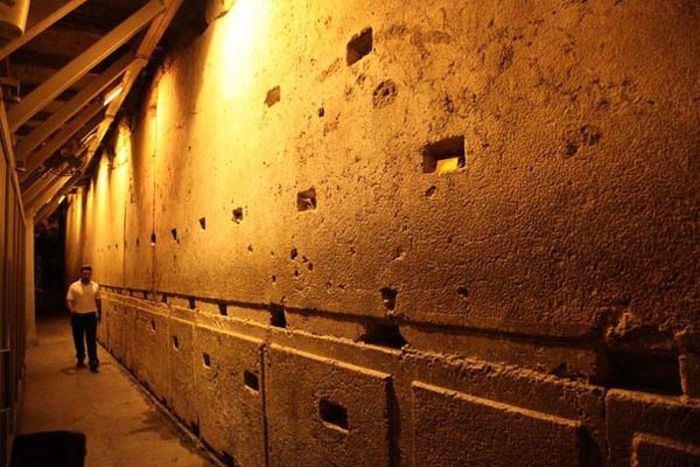
The Western Stone is a monolithic stone block forming part of the lower level of the Western Wall in Jerusalem or the Jerusalem Western Wall. Its dimensions are 13.55 × 3 × 3.3 meters.
8 Khafre Pyramid Mortuary Temple – 100 tons
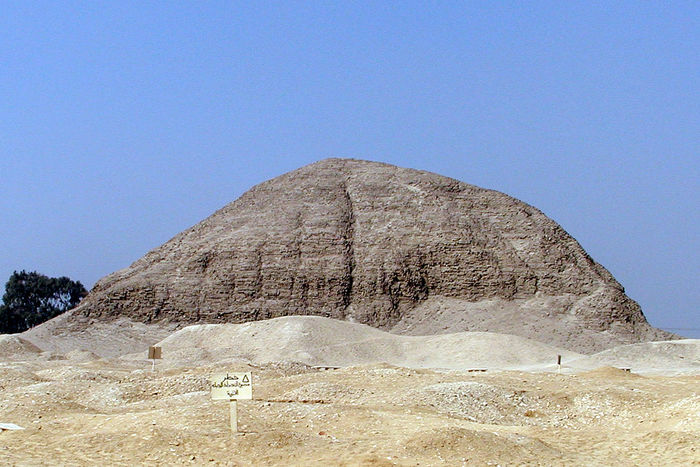
The pyramid at Hawara was built for Amenemhat III. Its mortuary temple is carved from a single block of yellow quartzite weighing over 100 tons. The wall thickness is 60 cm, and the dimensions are 6.71 × 2.4 × 1.83 meters.
9 Stonehenge Trilithons – 50 tons
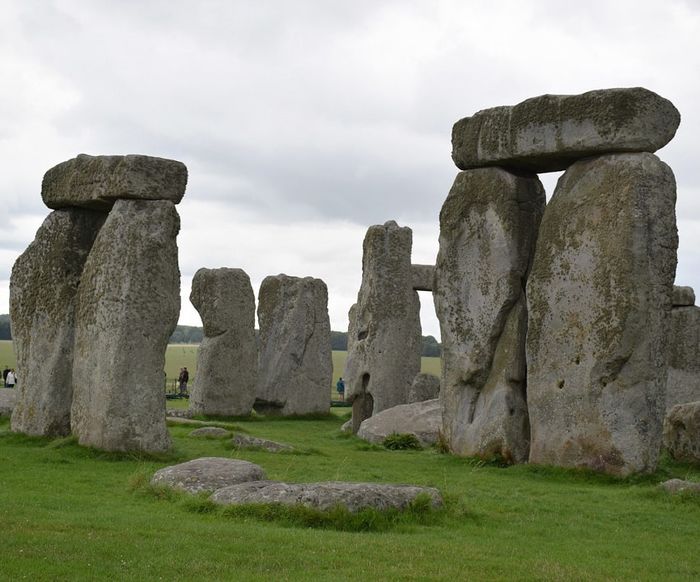
These are five trilithons made of sarsen stone, forming a horseshoe open towards the avenue. Only two trilithons have survived to the present day. The dimensions of the largest stone were 7.5 meters in height.
10 King’s Chamber Blocks, Khufu’s Pyramid – 35 tons
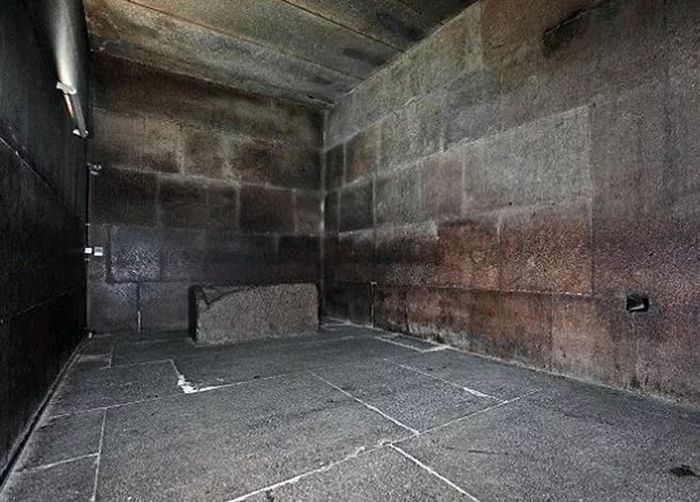
The pyramid was built for Pharaoh Khufu from numerous blocks bonded with mortar. The average mass of limestone blocks is 2.5 tons, with the heaviest granite block above the entrance to the King’s Chamber weighing 35 tons.
